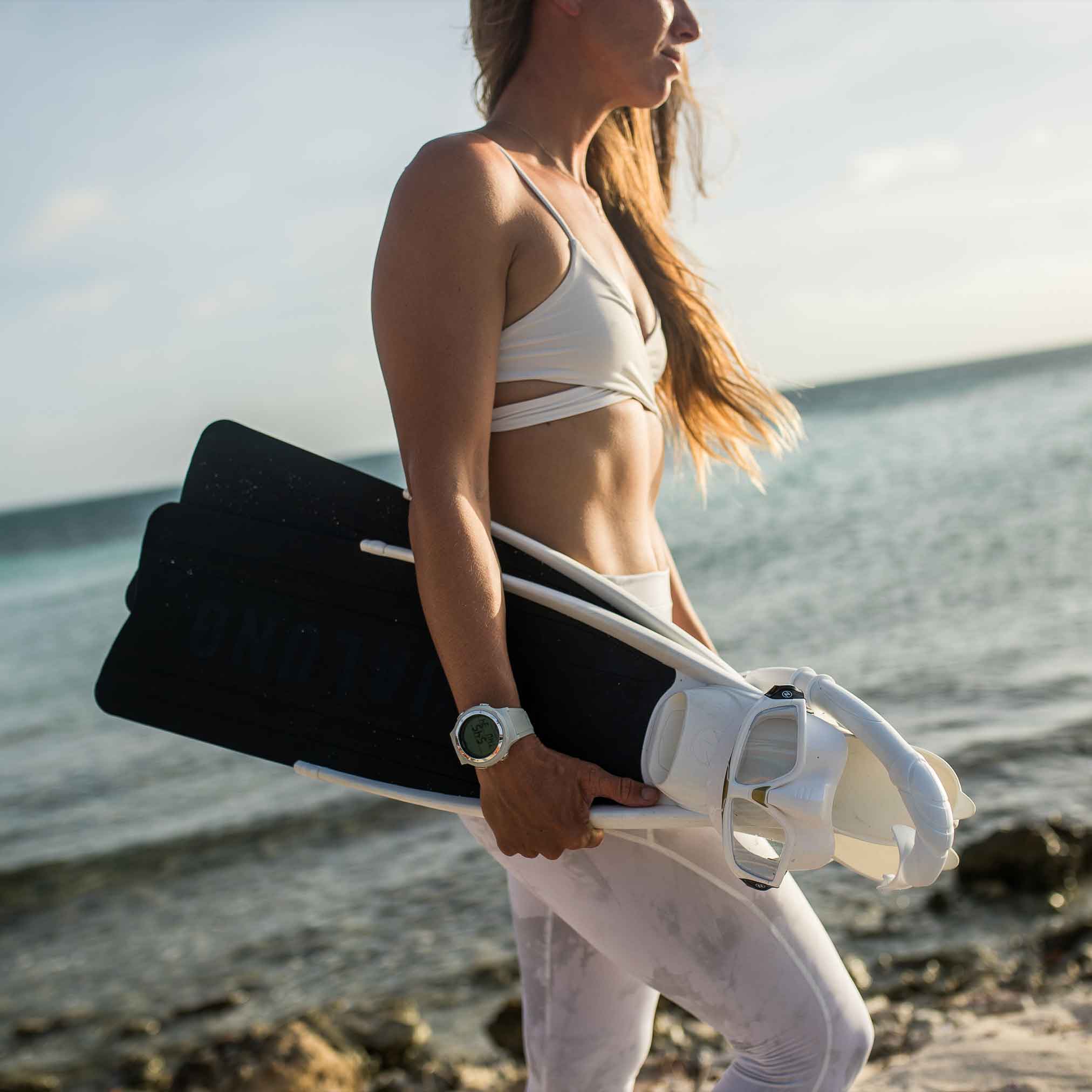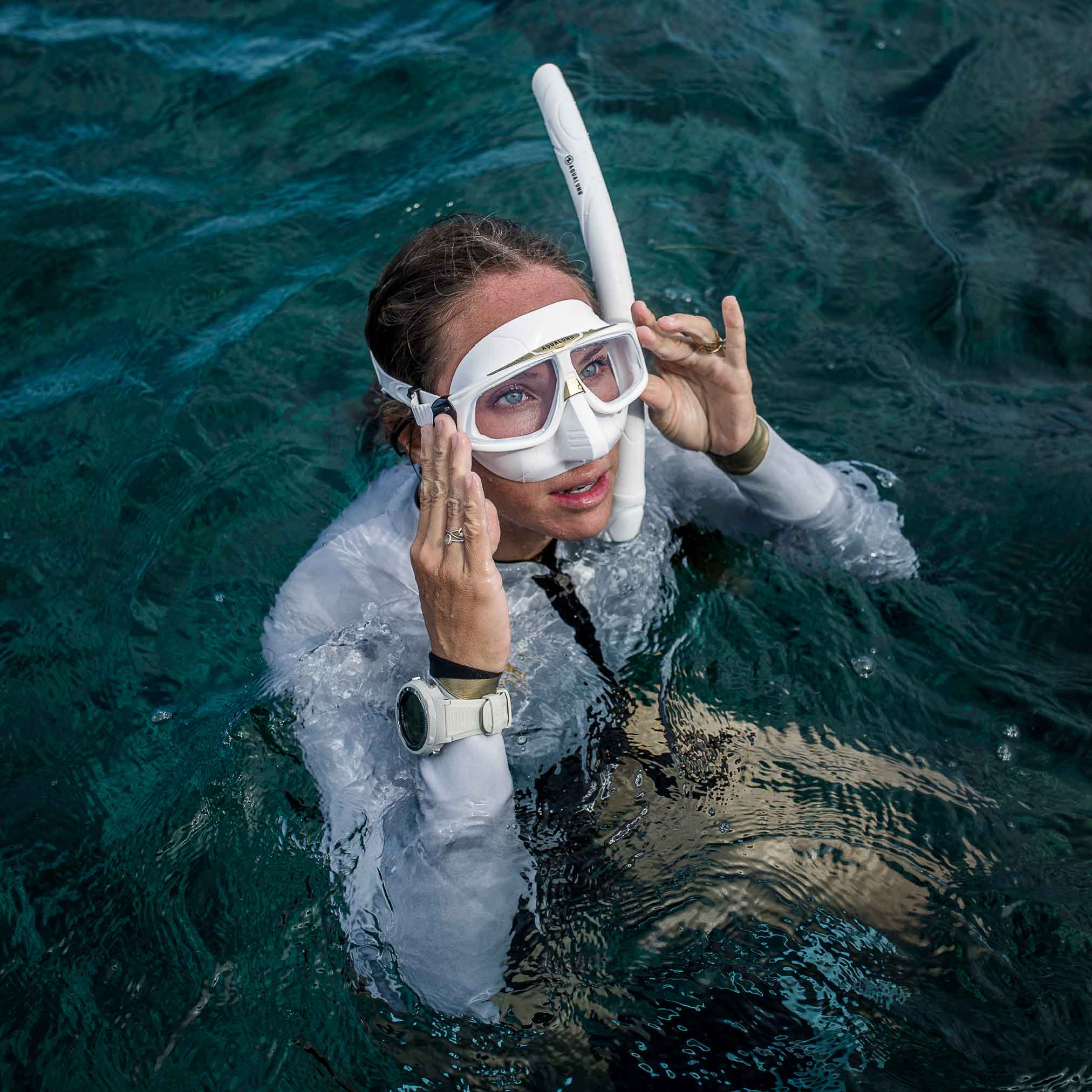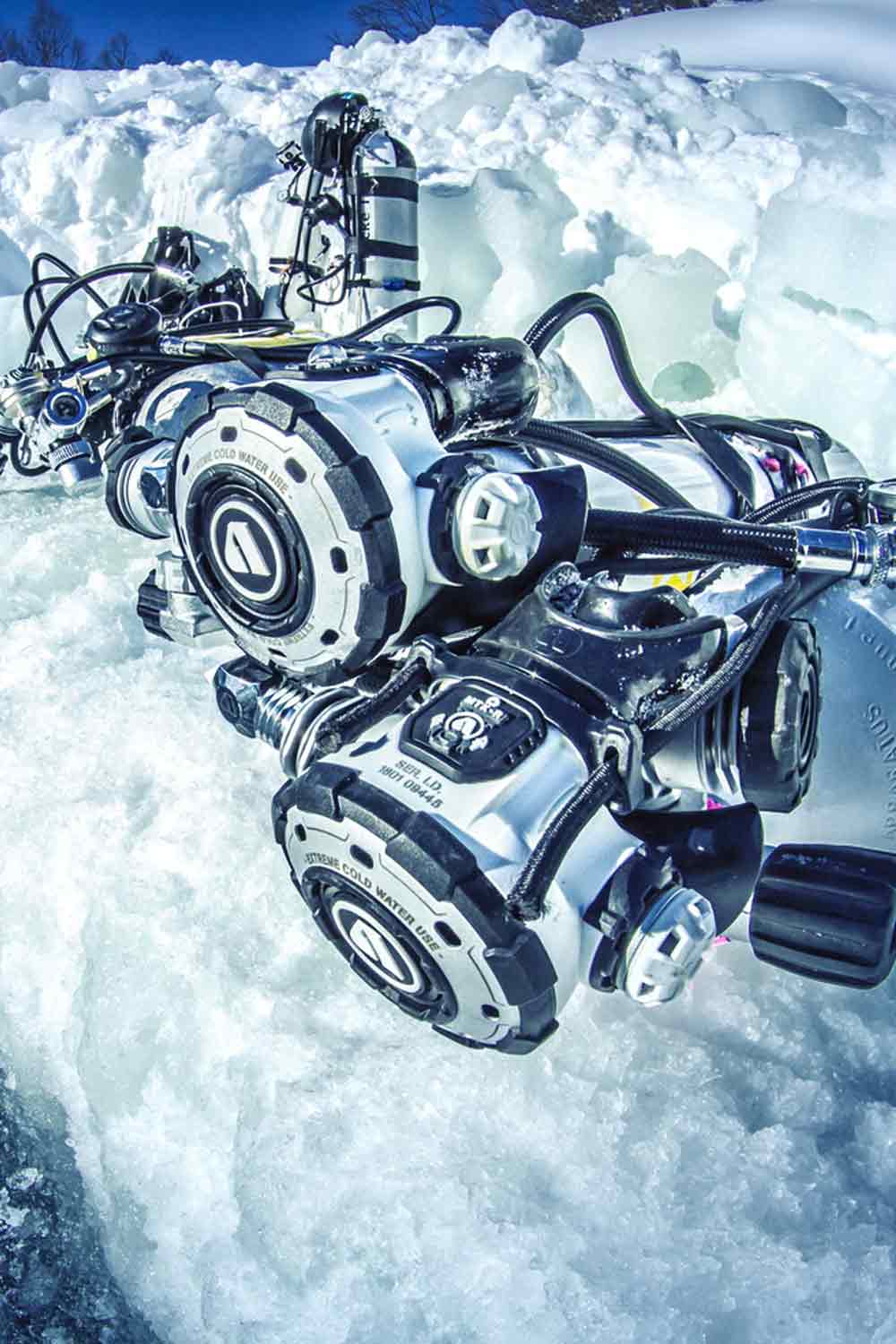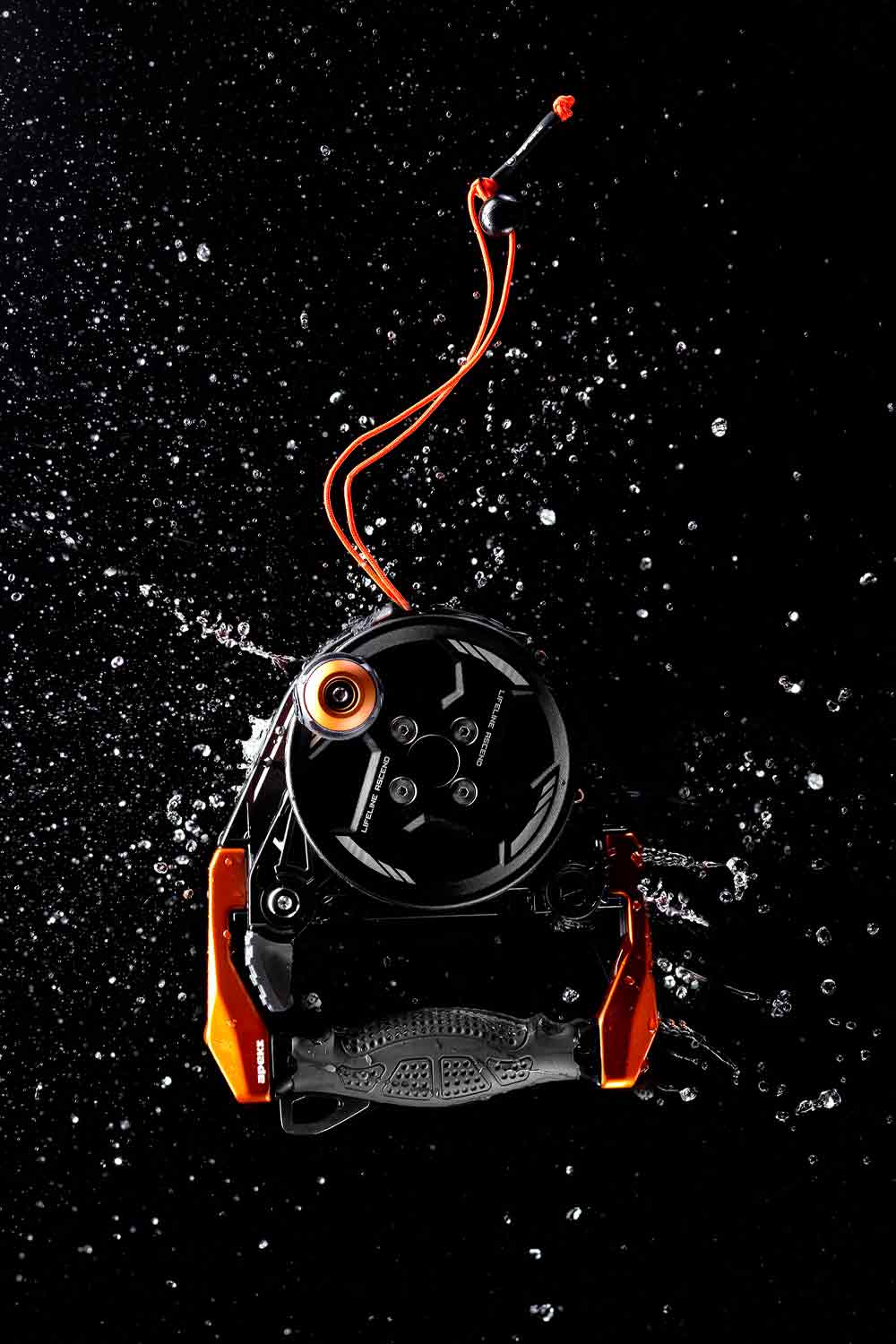Scuba Diving Melbourne
Victorian Wall Dives
Lonsdale Wall – Depth: 12 – 45 metres
Located on the Lonsdale side of Port Phillip Heads, the Lonsdale Wall extends for 1 km, providing many different dive locations. The wall is characterised by an almost vertical drop. As you descend, there is a slight step out every 6-9metres, and behind every step out, there is a massive overhang. These overhangs house crayfish, prolific fish life, soft and hard corals in all colours and sizes.
Fantastic for those interested in photography. This wall also accommodates those who like it deep. It is suggested that the wall bottoms out at 90 odd metres. If choosing to dive deep, twin independent or manifold cylinders are highly recommended, and divers should remember that 40 metres are the recreational deep diving limit.
Spectacular Reef – Depth: 15 – 45 metres
SpecReef lies in the South Channel and is therefore subject to shipping traffic and currents. Being apart for the old Yarra River system, the area is quite large and offers many different dive sites. All dives are characterised by a spectacular wall, which has large undercuts housing many crayfish, Blue Devilfish an abundance of soft corals and other marine life. The abundance of life on the edge of the drop-offs is quite spectacular. The most diverse section of fish life exists between15 metres and 30 metres. Twin independent or manifold scuba cylinders are a must if you intend to dive deep and certification must be shown.
Nepean Wall – Depth: 16 – 35 metres
NepeanWall is spectacular diving in conjunction with Corsair Rock. With the beautiful coral and overhangs, this vertical wall boasts great diving. Corsair Rock is one of the most dangerous of Rocks, especially for those early pioneers who sailed into the bay to close to Point Nepean. The water level even at low tide still just covers Corsair Rock with about half a metre, and as claimed many unsuspecting victims, either sailing or steamer. With the history of the Rock, even wreck divers would find this dive interesting based solely on its history. Even so, crayfish habitat the area and keen cray divers frequent the area more than any other diver does.
Ripbank – Depth:15 – 60m
Ripbankis an extension of the Nepean Wall. It must be dived on slack water because the tides are coming in and out of the bay flow so fast over the reef that it can sweep you up or down very quickly. It is a beautiful dive with lots of kelp on the top of the wall, and many small caves and overhangs along the wall. Blue Devilfish are everywhere, and crayfish are regularly caught here.
The Playground – Depth: 15 – 50 metres
the playground is a section of Rip Bank Wall, located at the West End section of the wall. This dive starts at 15 metres which is at the top of the wall, and as you proceed over the drop-off, it bottoms out at about 50 metres while varying in topography as you descend and reach your desired depth. With small caves and overhangs, the fish life is abundant and graded as the prettiest dive in the bay. For the diver who likes to search, explore and grab the odd cray, this is the dive for you.
Foggy Reef – Depth: 9-24 metres
This dive site was discovered one foggy morning when three or four charter boats were searching for the wall in the South Channel. Foggy reef lies close to Point Lonsdale jetty and consists of vertical drop-offs from10 – 30 metres. This drop-off also provides spectacular diving similar to Lonsdale Wall.
Kelp Beds Reef – Depth: 12 metres
This is one of the original all-time great dives. It is on the Queenscliff side of the Bay near point Lonsdale. The kelp on this particular reef goes through many changes during the year, at its healthiest the kelp reaches the surface and makes a fantastic dive for anyone.
You can swim under the canopy of the kelp and dodge the thick trunks. The kelp slowly dies off, leaving a fast reef line, which becomes home for smaller fish and colourful corals and sponges. The kelp then produces new shoots and sprouts in all directions covering the reef line again and blocking the suns rays suffocating the corals and sponges leaving an excellent picture of beauty as the canopy reaches for the surface once more.








